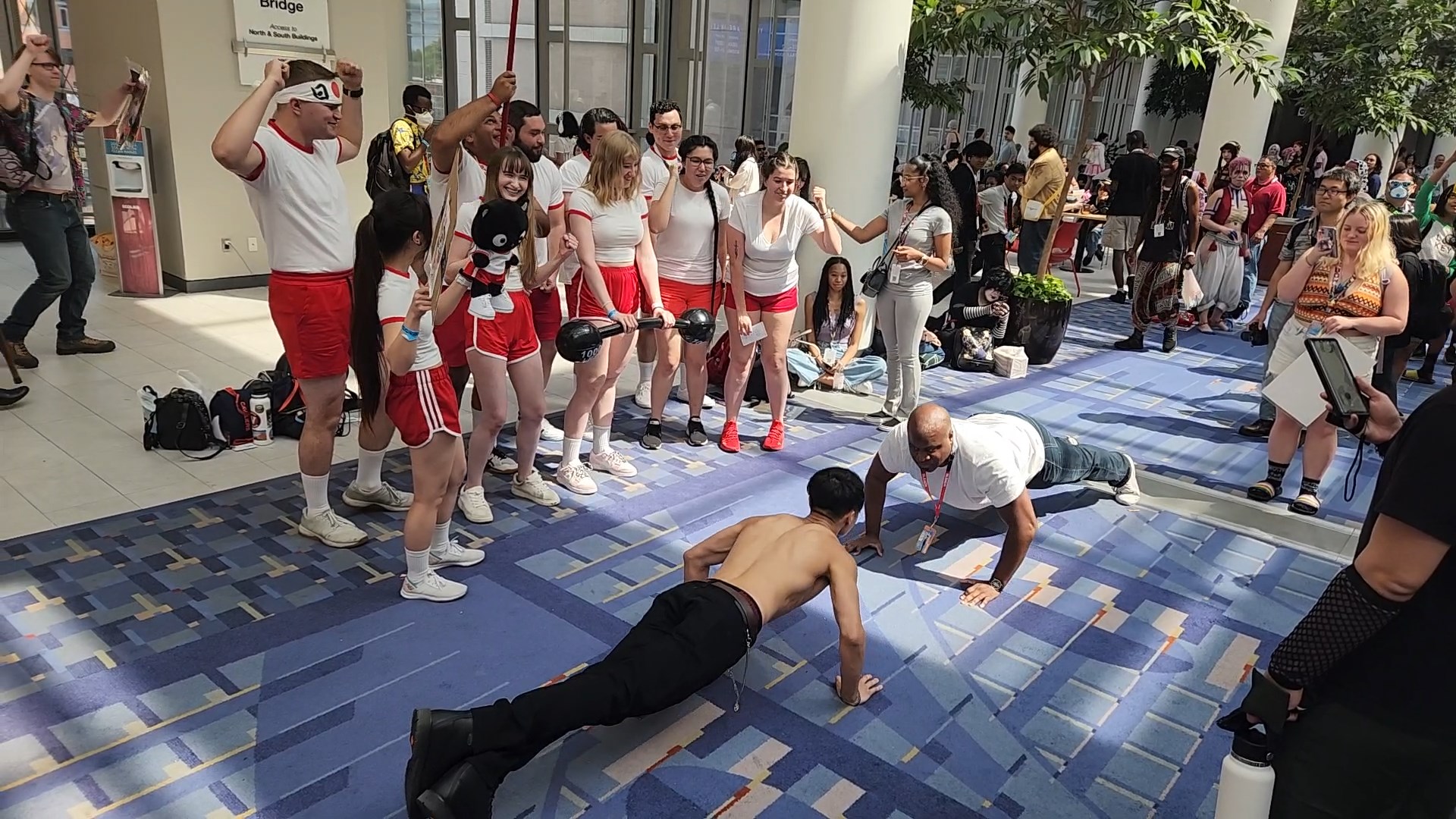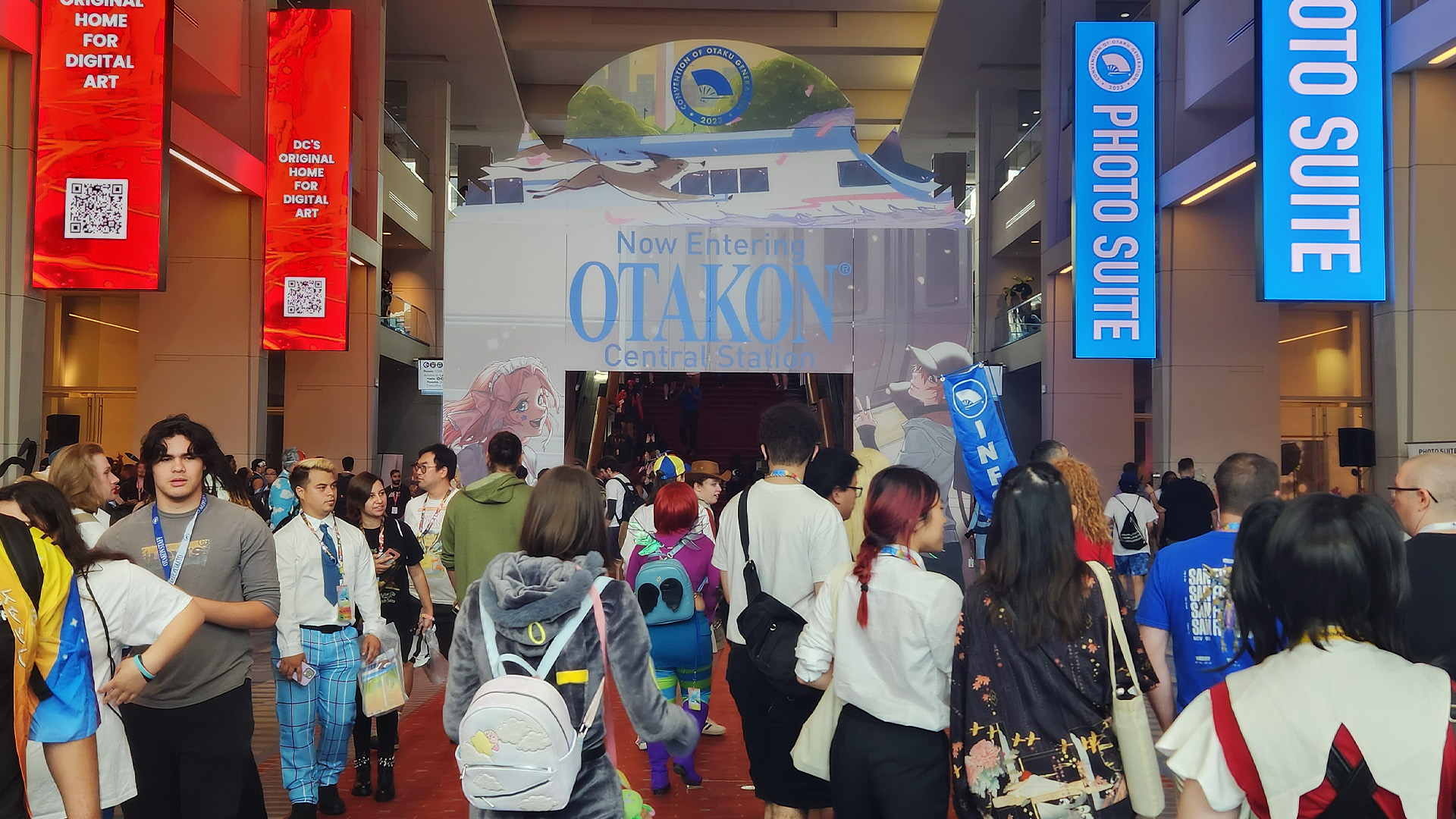Day 1
Otakon returns to the Walter E Washington Convention Center located in Washington D.C. this weekend. Although it is the first time 1 UP Infinite has been invited to the event, it’s not the first time I’ve attended the convention myself. Anime conventions are known for their regions and demographics, but very few have managed to capture several generations from across many areas quite like Otakon.
Bearing the distinction as one of the oldest longest-running anime conventions since 1994, next year will mark thirty years since its inception in Pennsylvania. With three decades of history and varying anime trends, as the nineties were a far larger niche for nerd culture than it is now, video games are a large part of this growth.
Conventions like Otakon had always celebrated nerd culture but it has been around as long as it has due to the “passing of torches,” as one generation moves on to the next. To be around close to thirty years would mean that those who had gone to Otakon since the 90s may very well have children, even grandchildren depending on the age, who are attending the convention in 2023.
It’s one of my favorite conventions because of its inclusivity regardless of age, of course, but also in terms of expressing one’s identity. Cosplay for most is one of the few ways that people can feel free to be themselves. For some, it may seem ironic.
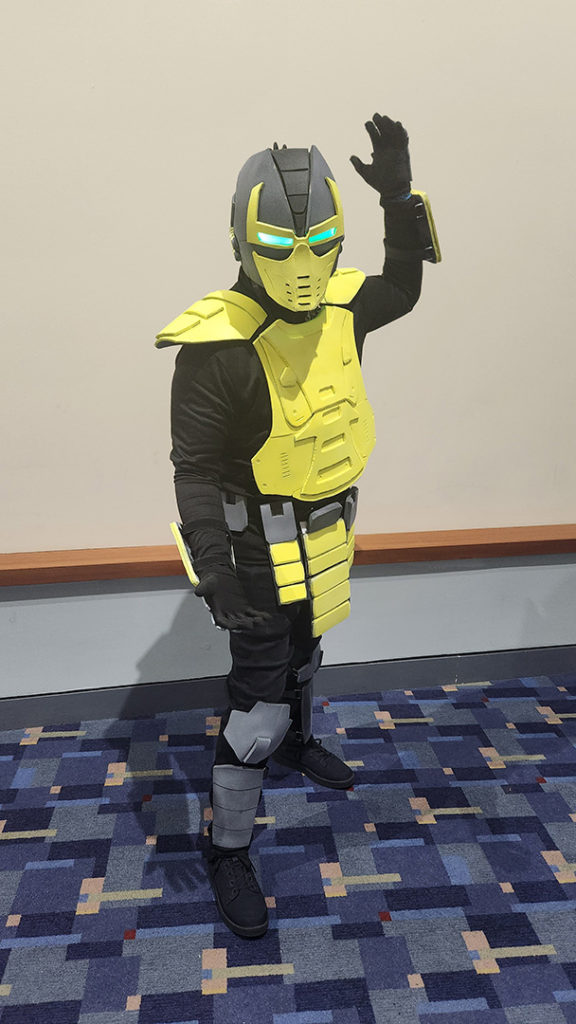
Donning a costume that one spent hours making and being someone else for a few hours may feel like one isn’t “being themselves,” but what if one were? This extends to professions as well within the industries as there is constant overlap between the voices who bring the characters of anime and video games to life and the fans who bring the same characters to life through costume and portraying the character in a public setting, within reason of course.
This led to the first stop on our “Otakon tour” and it was a back-to-back interview session with actors Bethan Walker and Colin Ryan. Best known for their roles as Alisaie and Alphinaud Leveilleur, both of whom are arguably two of the most important characters in the entire series, they were honored guests for several main reasons.
The first major one is that as Otakon is going on, among other events, a large-scale Final Fantasy 14-themed bi-annual event known as Fanfest is currently going on in Las Vegas. Much like Otakon last year, this year is the first time that the Square Enix event will be open to the public in almost four years.
In 2021, times were largely different than what they are now. During the same year that Otakon was returning to the convention halls, Fanfest remained an online-only event.
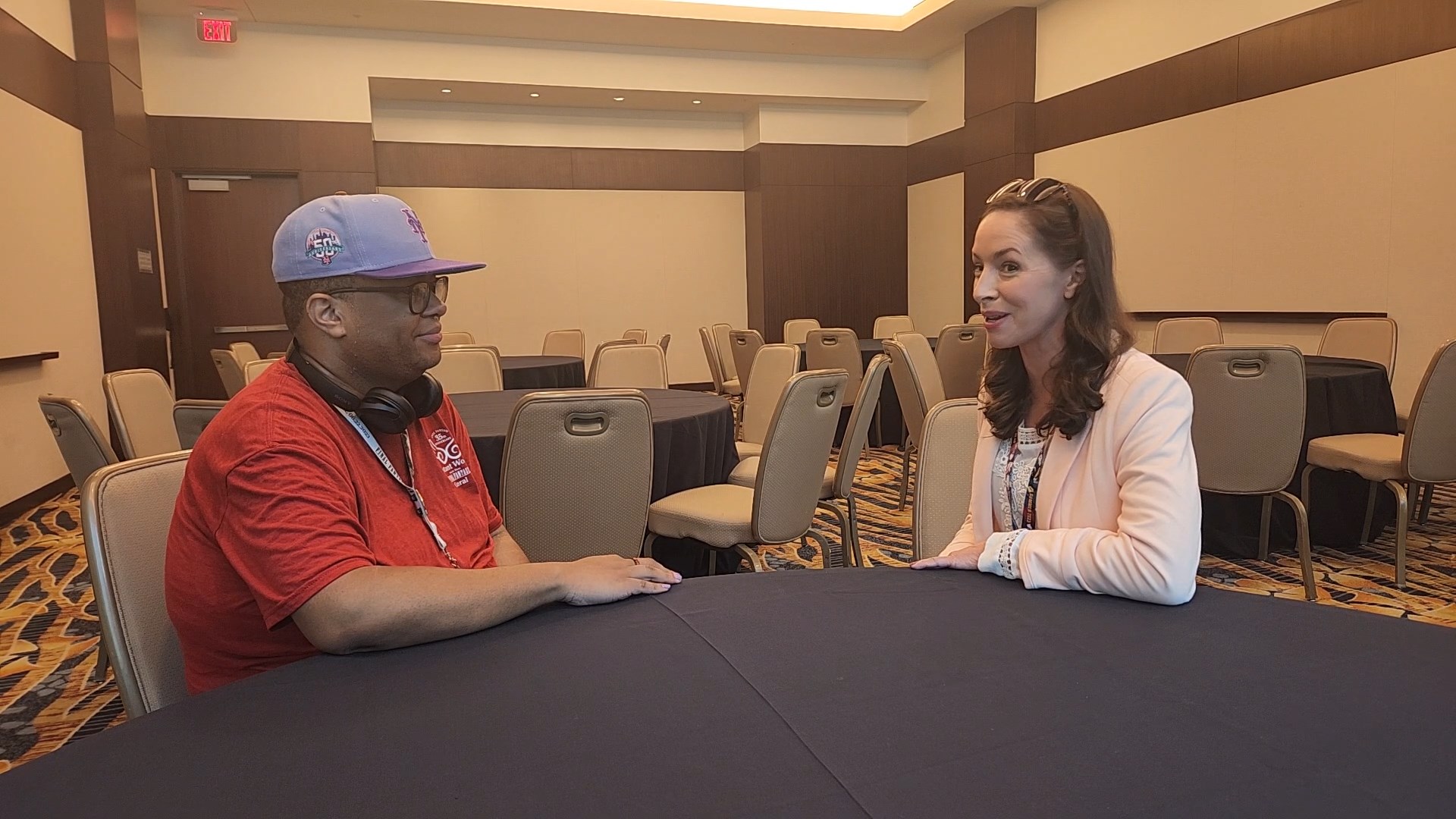
The release of the Endwalker expansion and the series itself gaining a boost in player count, with enough of a sustainable player base to turn a game in a multi-million dollar franchise into its sub-series, catapulted demand for Fanfest 2023. The problem was that Square could only offer so many tickets for safety issues, so a hard cap was issued as well as a lottery system to ensure only the real fans got in and not scalpers.
The problem with this method, as I and many others have experienced with the onset of “closed beta lotteries” in the past few months, is that not everyone is a winner. The “Fear Of Missing Out” is real and in situations like this, there’s usually nothing that fans can do to prevent it. If you won the winning ticket, you won. If you lost, you lost. In response to this, both voice actors opted to attend Otakon as guests with the intent of bringing “a taste of Fanfest” to Otakon.
Exclusive Otakon Interview Feat Bethan Walker and Colin Ryan!
Otakon is one the largest multi-media conventions in the United States, much less on the East Coast. Last year’s numbers reached over forty thousand attendees and the Walter E Washington Convention Center itself has always been massive. This made Otakon the perfect hotspot to ensure that fans would enjoy the experience without having to be lucky in a lottery somewhere.
I’ve had the chance to interview both actors and it’s interesting interviewing voice talents as oftentimes they aren’t gamers themselves. The fans' reactions to their appearances are always infectious in a good way, something I witnessed firsthand with a long-time fan of the convention who was able to finally meet her inspiration. After my interviews with Bethan and Colin, I had a chance to talk to one of the Otakon attendees who revealed to me that she was a fan of the latter’s work not from Final Fantasy 14.
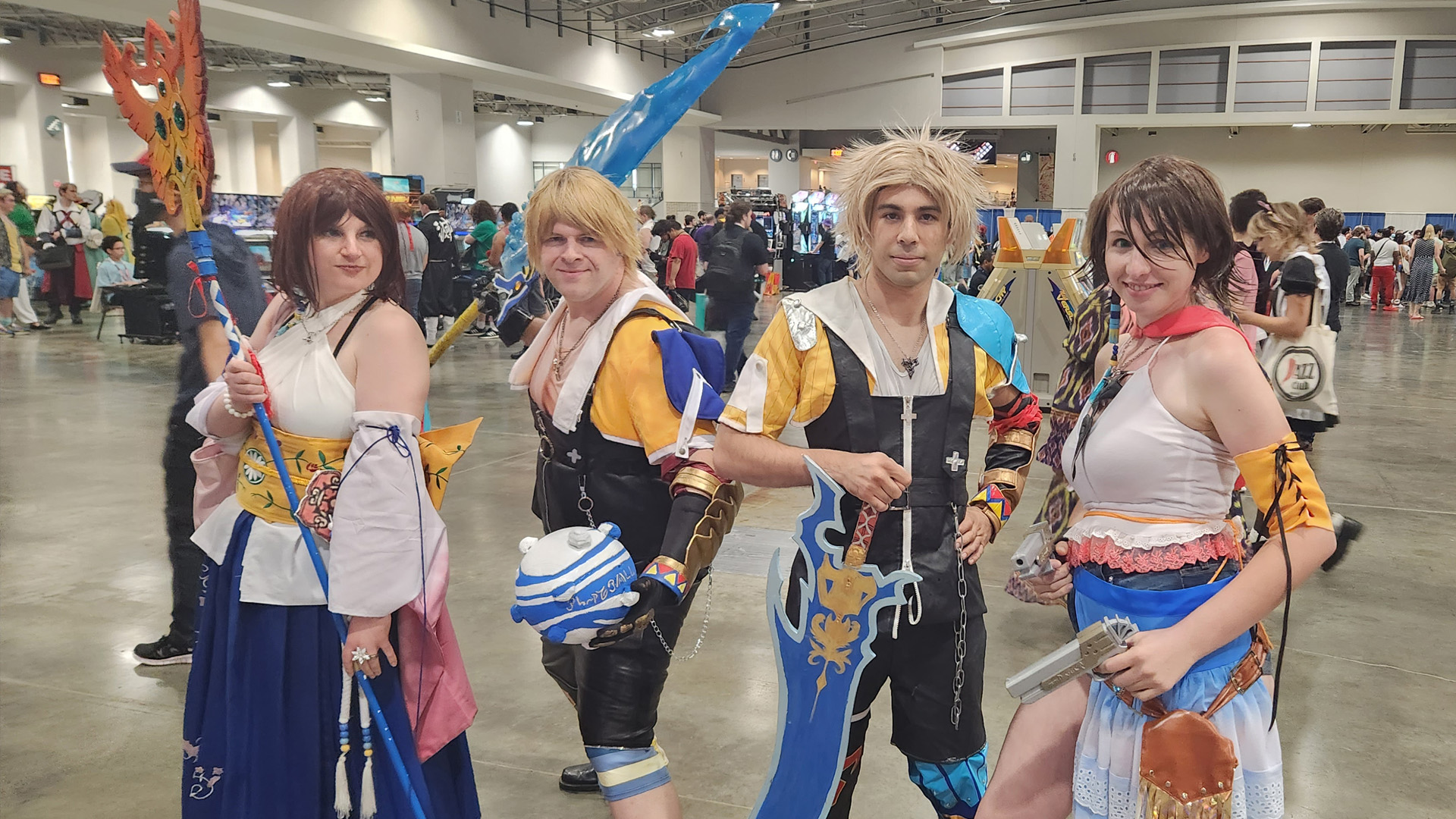
The fan knew him through a rather niche Wii game known as The Last Story, developed by Mistwalker who were perhaps best known for the RPG, Blue Dragon. In that game, Colin plays the role of Yurick, a white-haired soft-spoken young man with a penchant for magic. It’s amusing that several years later, he would also voice a young white-haired soft-spoken man with a penchant for aether. Coincidence aside, for those who aren’t in fandoms, this sort of thing may seem “parasocial.”
After all, certainly, the voice talents are who they are at the end of the recording sessions. Bethan is not Alisaie, she’s “Bethan,” of course, but it doesn’t matter. If the person who brings these characters to life is just as courteous to their fans as the characters would be to the Warriors Of Light in the game, then it makes traveling hundreds of miles worth it. It also makes it worth it for someone on behalf of the press because I adore writing positive experiences on other accounts such as these.
On Saturday, Walker and Ryan will host a Final Fantasy 14 panel about bringing “Fanfest to Otakon,” as well as recapping the announcements made during Fanfest on Friday, but this was far from the end of today’s events. I also attended a panel that served as an introduction to “Mecha.”
Mecha has been a term that transcended itself to an umbrella term that means anything involving “giant robots.” Supposedly this is to separate the distinction between other forms of robotics, whether it be “Artificial Intelligence” or T-800 from Terminator. Funnily enough, depending on each person’s definition of mecha, the T-800 may be considered one. Generally speaking, anything that’s “mecha” is something that is piloted and used for large-scale battles against similar threats.
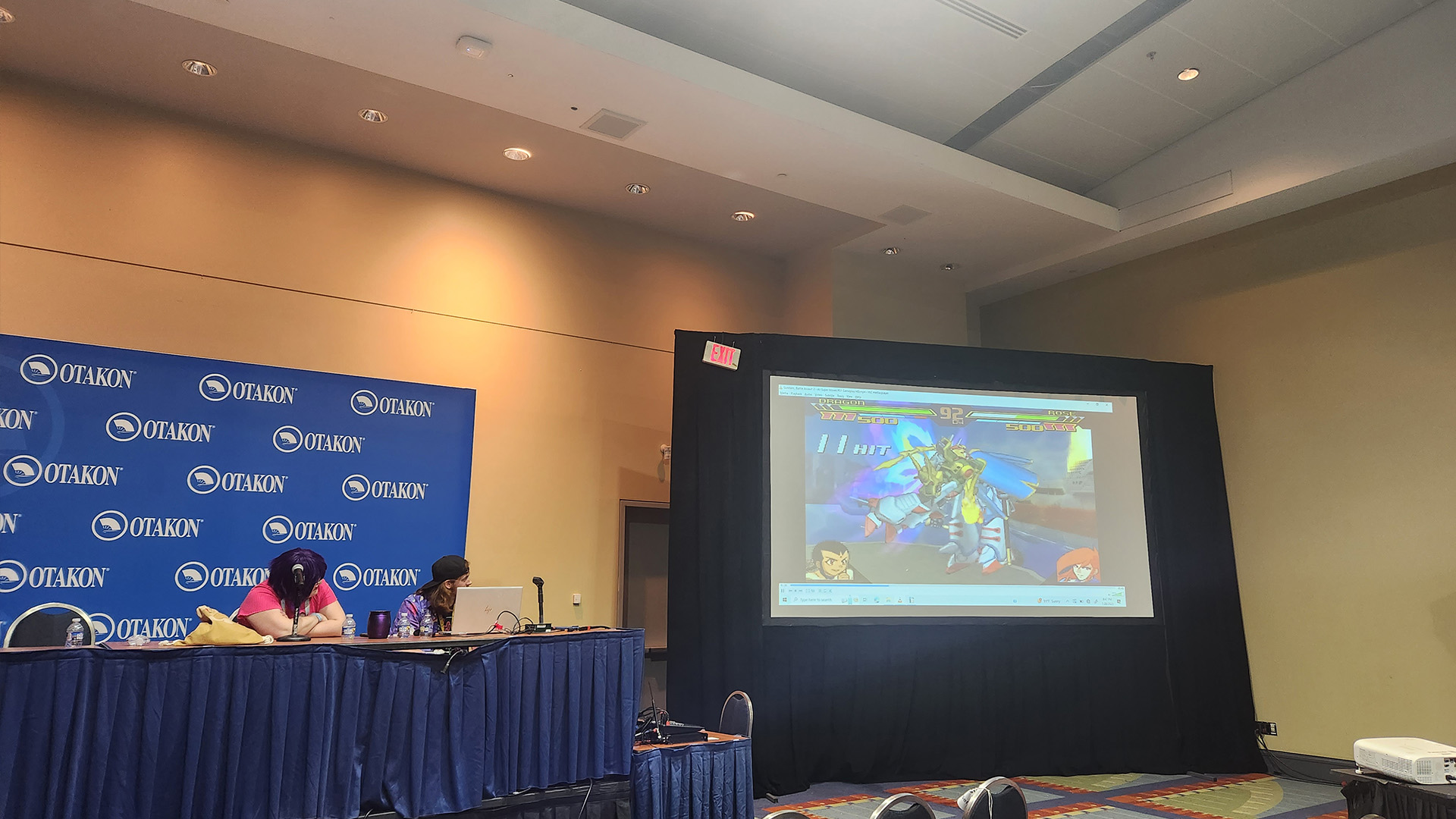
In video games, you’d be hard-pressed to play one without finding anything remotely similar to “mecha” as recent games like Daemon X Machina, Relayer, and of course, the upcoming Armored Core 6 are all major examples. Contrary to popular belief, the mecha genre is just as prominent in Western media as it is in Japanese although the concepts are radically different. Anime like Mazinger Z, often considered the godfather of mecha anime, as well as Mobile Suit Gundam are shining examples. Speaking of “shining,” G Gundam was also mentioned and it’s amusing whenever that series is discussed as it’s often considered the outlier of the Gundam canon.
In most “mecha anime,” war is a topic that is placed front and center, but in G Gundam, it turns into a “world fighting tournament” not unlike Kumite or the original Street Fighter and Mortal Kombat plots. Other anime like Neon Genesis Evangelion and Patlabor deal with more local threats, the latter being the national super police and the former fighting kaiju, or giant monsters.
Western media is more geared toward pushing merchandise sales. Battletech and Exosquad are two examples, the former originating as a Tabletop RPG and the latter being an animated series. Both would receive toys and games to supplement the franchises as kids firing plastic projectiles from miniature-scale versions of large mechs is always a part of one’s childhood. Most franchises are meant to be relatable, depending on pop culture and the absurdity of American life in general to paint a picture beyond the mundane.
Megas XLR is quite possibly the flagship example of this as to this day it’s an accurate representation of New Jersey. At least as accurate as an alternate universe where a late teen piloting a mech armed to the teeth against weekly alien threats can be.
Steel Battalion was another game mentioned that takes the Mecha genre and turns it into as close to what a "first-person Mecha simulator" would be like. Players directly control their mech in their cockpit as well as the danger of their entire save file being deleted should they be killed in action. What's also cool is that there was a fan creation known as the B.S.B.B Mk 2, or the Big Steel Battalion Box. This was made up of the limited edition controller, as well as a custom-made "cockpit" view for added immersion.
Day 2
For three-day conventions such as Otakon, it is usually the fabled “Day 2” that is the busiest day in terms of the volume of attendees, panels, and the overall experience. If Friday and Sunday are both halves of bread, then Saturday is easily the delicious turkey, bacon, and egg. Or if you’re vegan, lettuce, tomatoes, and some ranch.
If this sounds oddly specific to the point where it’s described as someone’s breakfast, you wouldn’t be too far off the mark as starting the day with food was greatly needed for the energy needed to outlast the D.C heat outdoors. Part of the benefit of Otakon’s location is the ease of access to major eateries around the area. As you walk further towards the convention and you see more attendees in cosplay, you realize you’re on the right path.
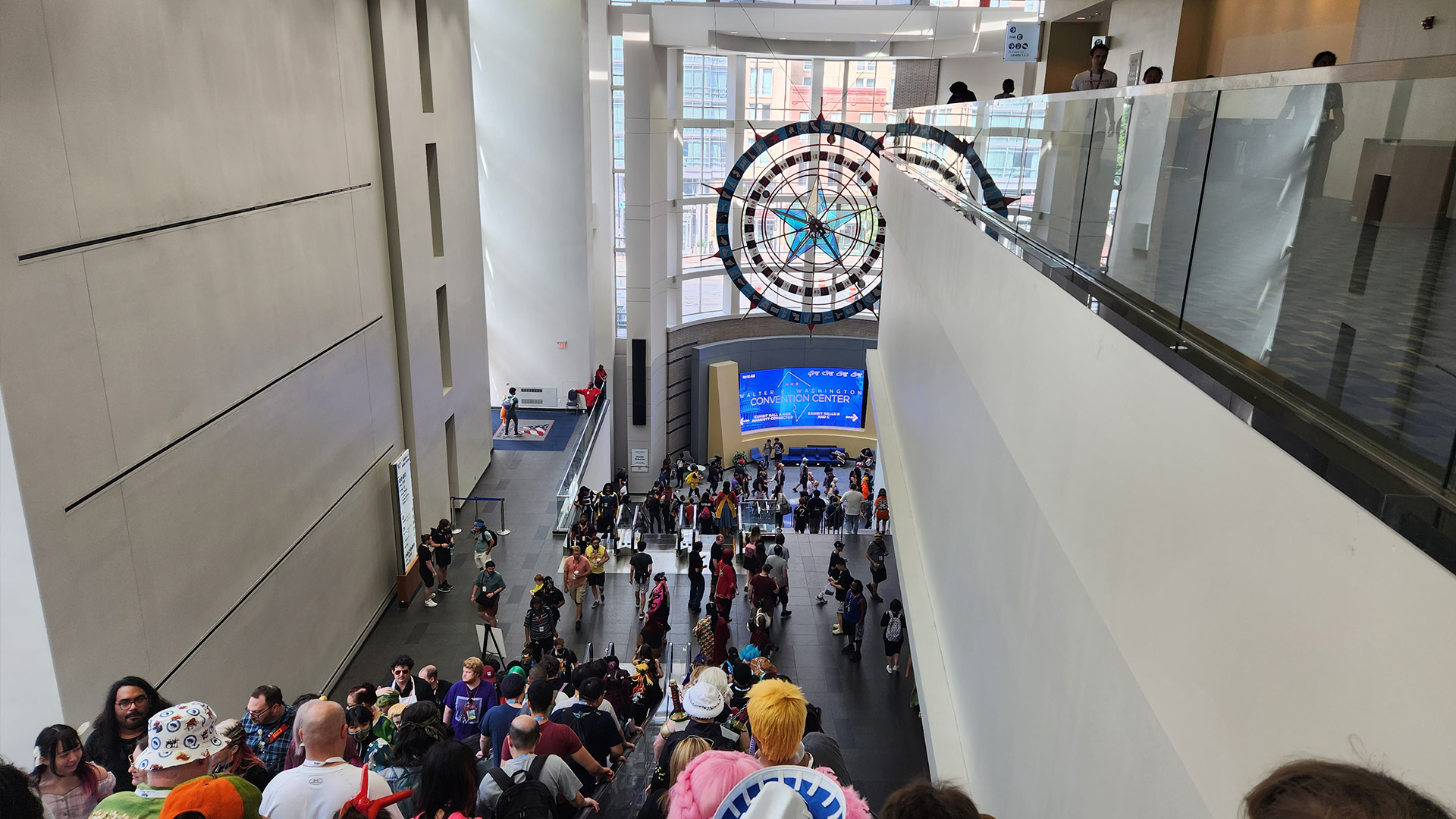
Weaving through crowds of fans I made my way to the first panel of this busy Saturday. This one was based on City Pop, a specific genre of music that originated in Japan but has long since seen a resurgence worldwide. City Pop has always been an interesting topic to me as it defines music as a universal language.
Many video games feature “City Pop” style songs, whether it’s distinct from that era or modern music based on that classic sound. It’s the 1970s and 1980s Western-style pop music that has been used in samples as often as American music was from that period. There has been overlapping with American and Japanese artists collaborating on occasion as well.
It has also been featured in video games, with Mariya Takeuchi’s Plastic Love included in rhythm games like Taiko no Tatsujin. Tatsuro Yamashita, who is regarded as one of the founders of the City Pop sound along with his wife, Mariya, has songs that have been heard in Yakuza 6 The Song Of Life. Even current artists like the Japanese-born K-Pop singer, YUKIKA, had her songs in the rhythm game DJMAX Respect.
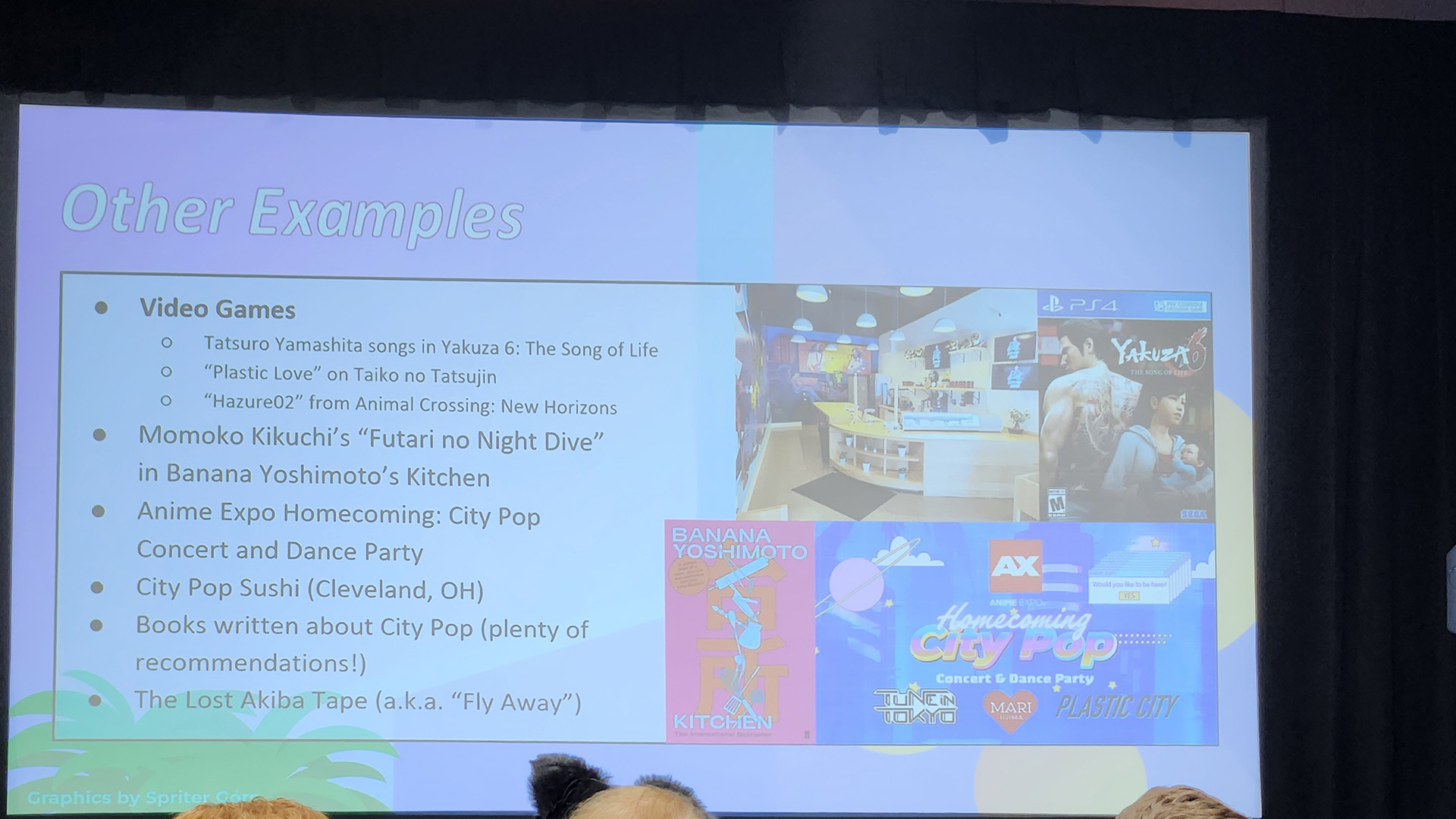
Following this was a panel celebrating “Black Joy” in gaming culture, in which the definition of “Black Joy” is often misunderstood. As the indie gaming scene saw a rise, as accessibility to create games has expanded across generations, more Black youth are getting into video game development. I spoke about this as one of the foundations behind the New York Game Awards. Large names in the industry, including former Nintendo of America president Reggie Fils-Aimé have been some of many to help give the youth a space to realize their dreams in a field that was often gatekept.
This extends to what I do with writing for 1 Up Infinite. I have mentioned several times that as a Black queer person, there's not enough representation on both sides. I love featuring games that exhibit such options as Arcade Spirits because it was inclusive to people like myself, created and developed by people like myself as well. One of the main advantages of running an outlet like this is that I am always open to covering and supporting others like myself as developers and critics rely on each other for support just as much as the other.
Brass Lion Entertainment is one such studio that's currently working on a project titled Cornered Wolves with iconic producer Just Blaze working as the game's sound designer. With many more projects on the horizon, it will be interesting to see the results of the many years dedicated to turning dreams into reality.
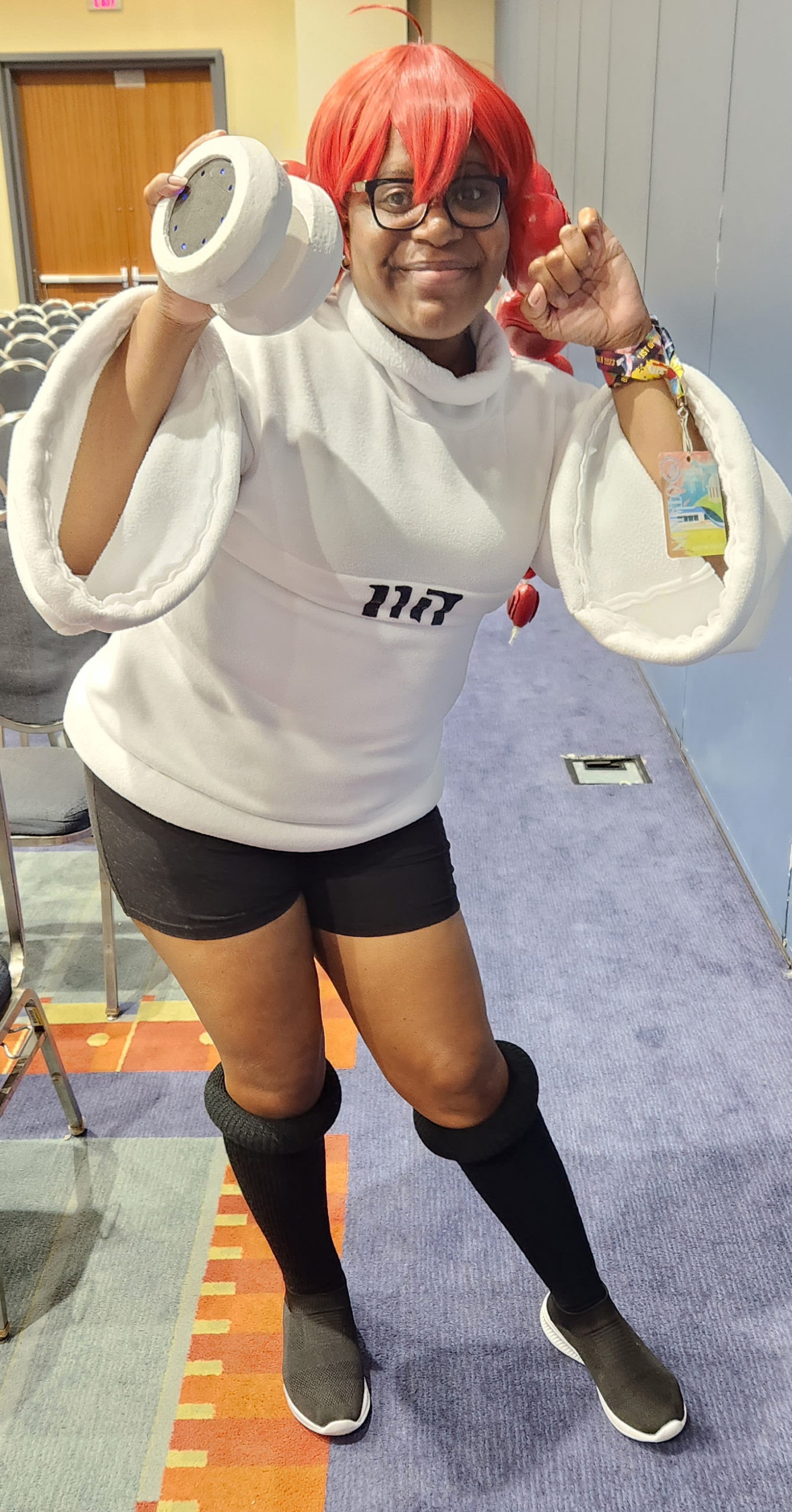
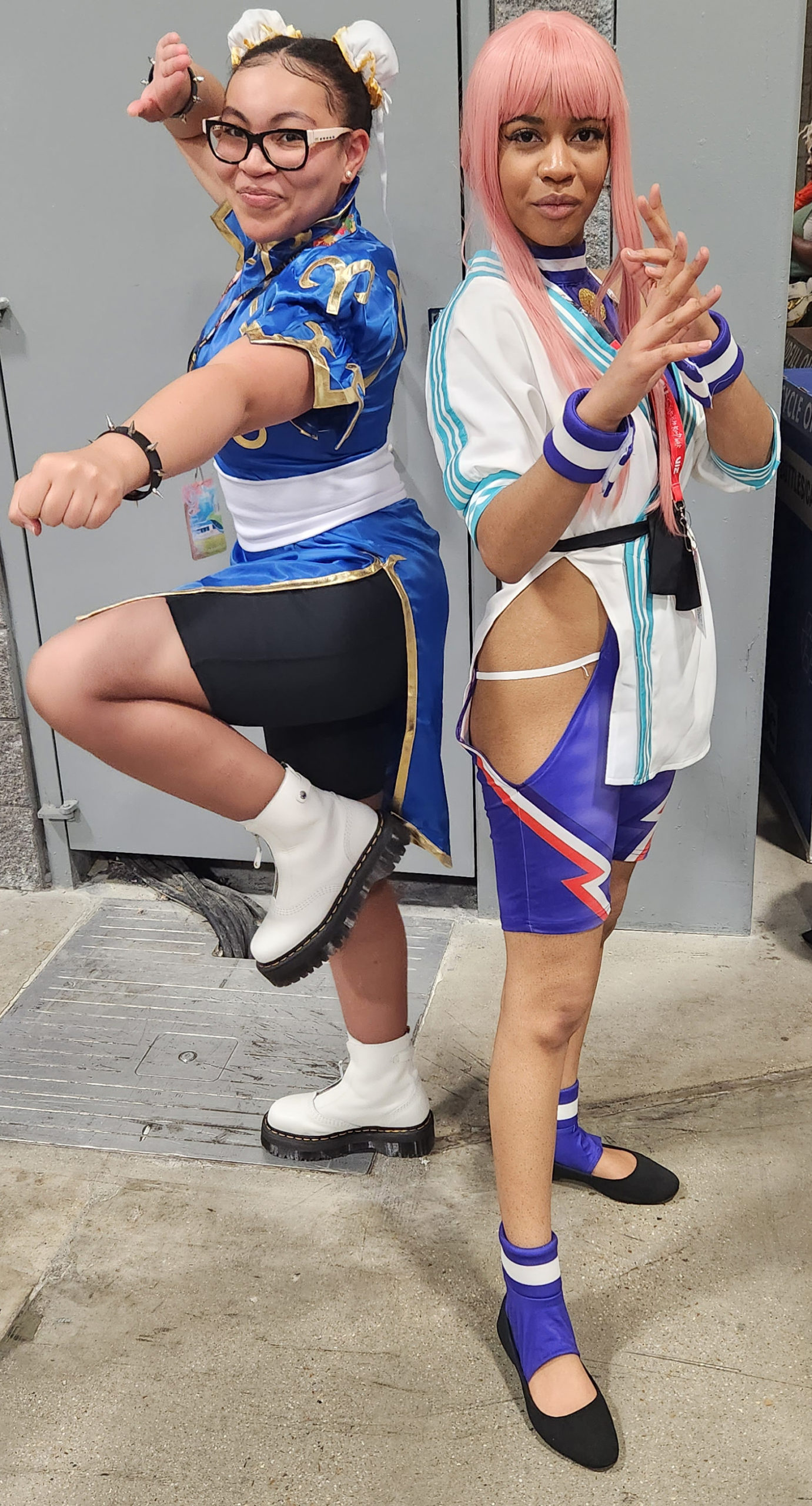
During the Q&A, many cosplayers and fans of gaming have also struggled with how to convey a positive message among much negativity surrounding this topic. It became less of a Q&A and more of a celebration and network of like-minded individuals who are all bound by similar backgrounds.
Overall, it was a perfect segue to highlight the individual cosplays I've seen by many BIPOCs who brought their characters to life in their unique ways. Cosplay shouldn't be defined by one's gender, race, or genetic make-up just as much as being involved in the gaming industry as a whole.
Day 3
The final day of Otakon marked the bittersweet end to an eventful weekend, as is the nature of the final day at a convention. Going light on the panels today, I was interested in visiting the Otome panel as otome has been a genre I've covered quite a bit on 1 Up Infinite. Often regarded as a genre written for the women audience, I've always had an interesting relationship with the genre. It's fun hearing what others think as at the time it wasn't as common for men to be interested in romance novels. At least, that was the stigma until fans slowly made themselves known.
Most otome follow a specific theme, usually a woman who goes by Jane Doe, swept in a plot featuring an ensemble cast of attractive men that the protagonist finds themselves in a mess over. The latest otome visual novel I've attempted to play was the Vita version of Collar X Malice. What intrigued me about the premise was its combination as both a romantic story as well as a mystery novel. Otome games that are all about "love" are one thing, but adding into the mix something similar to a crimefighting group of guys that transform into magical girls is a bonus! Such a game does exist, which further emphasizes how vast and diverse otome games are.
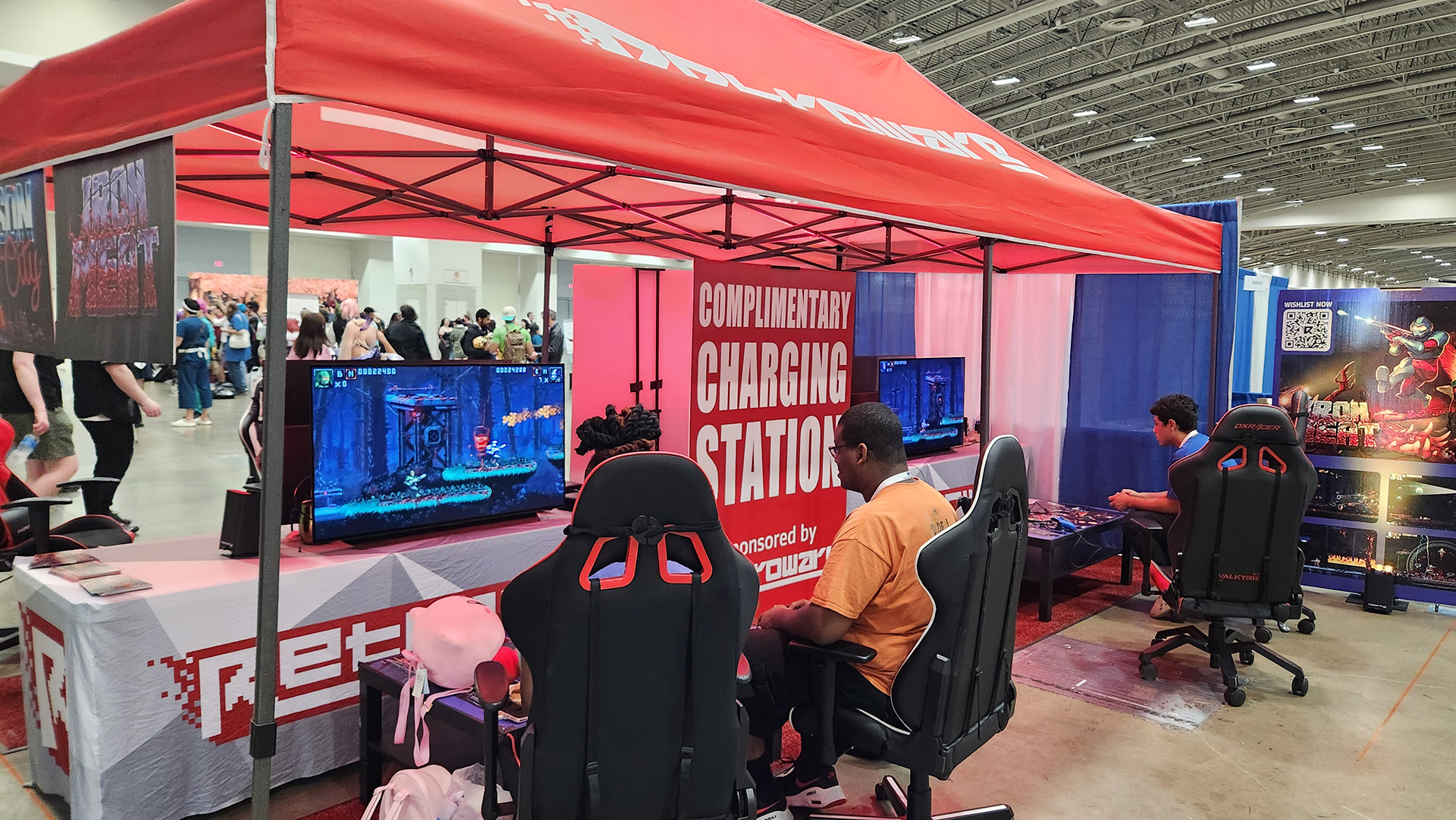
Most of the day was spent checking out the game room in full detail. Various indie developers, including Prison City and Iron Meat by publishers Retroware, had booths towards the front of the entrance. The console set-ups were what followed, historically identified by large pale green totes that contain consoles and controller wires feeding from the plastic. It's an interesting solution to keep everything in one spot and the variety of games ranged from anime fighters, like Demon Slayer, to puzzle games and even racing games.
There were also arcade cabinets with games being run on PC for convenience. It was a healthy mix of official PC ports of arcade classics as well as actual arcade hardware. I would humorously engage in challenges against one of the Otakon staff who happened to wear a May cosplay from Guilty Gear Strive. After losing spectacularly in Magical Drop, I realized I wasn't built for such competition, but that was also the allure of the "game room." It was a place for players from various skill levels to try out games that they otherwise would find difficult to get into.
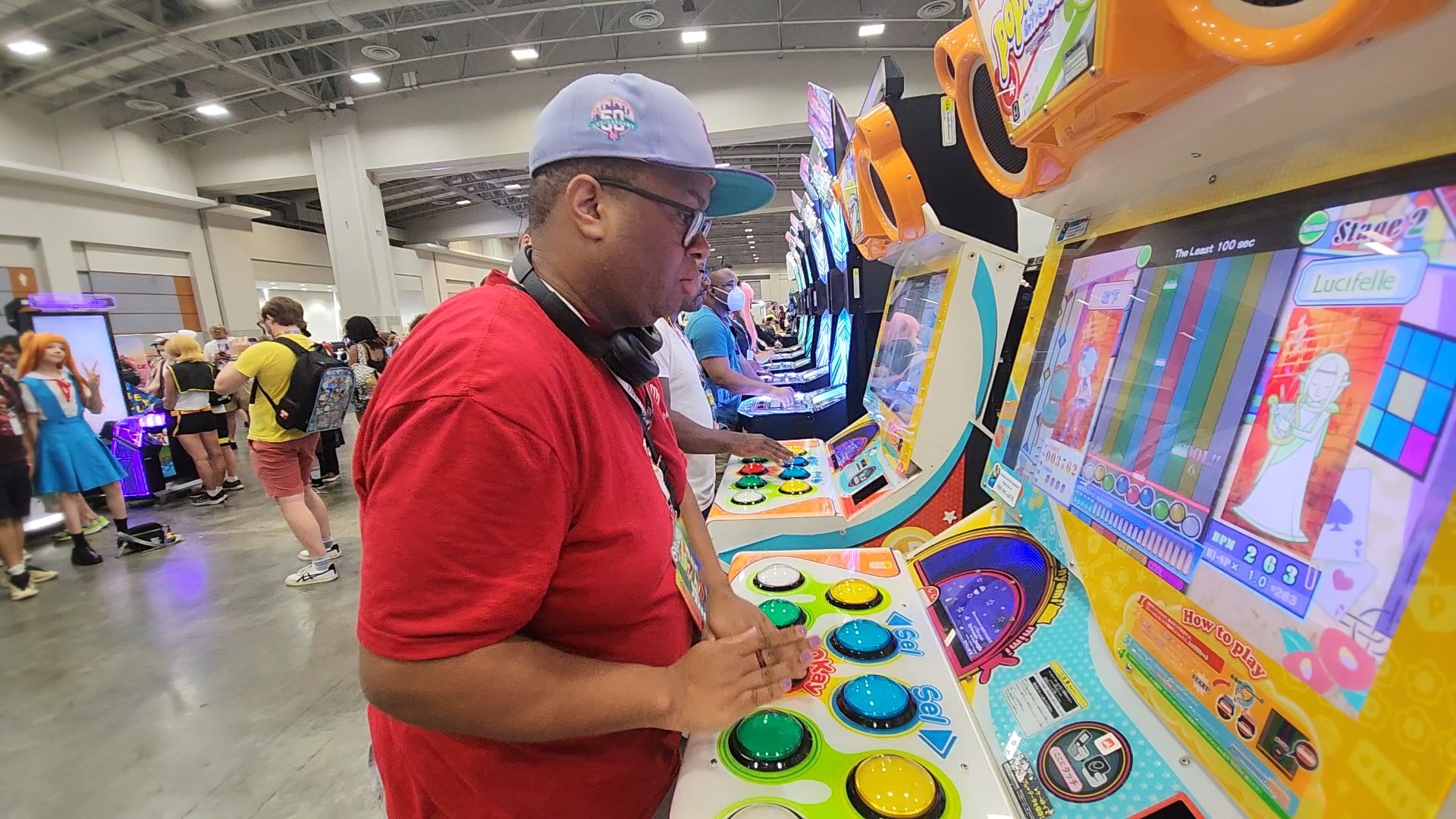
One of my all-time favorite rhythm games is Pop'n Music, a game developed by Konami as part of their Bemani rhythm arcade game series. Dance Dance Revolution is perhaps their best-known "Bemani" game, but Pop'n Music always interested me due to the colorful graphics, characters, and deceptively simple gameplay. Players press eight large dome-shaped buttons to the rhythm and it may seem intimidating at first, especially when it comes to getting used to what button presses which. It even took me a while to get used to the game, after not playing it for many years.
Unfortunately, almost all of these games are Japanese exclusive and aren't officially licensed unless if under an official organization like the Round 1 Arcade establishments. Each Round 1 Arcade has a specific list of games and unfortunately, Pop'n Music isn't in the catalog. Other games are either defunct or have finished their live service as the history of arcade games is volatile. It's thanks to teams like Snow Phoenix, Psychic Drive, and the rest of the collaborators who work with Otakon to ensure there are enough games for fans to experience.
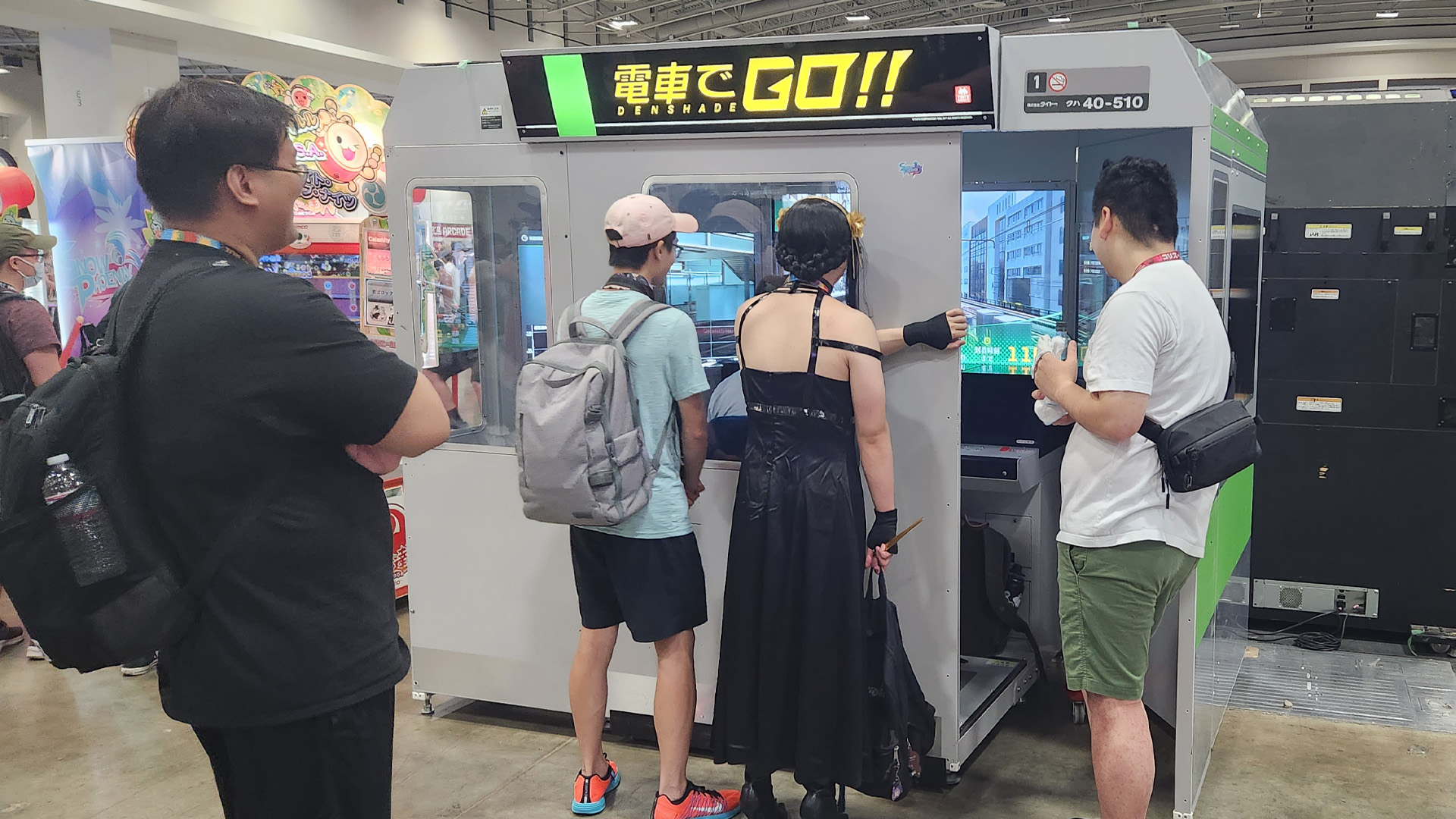
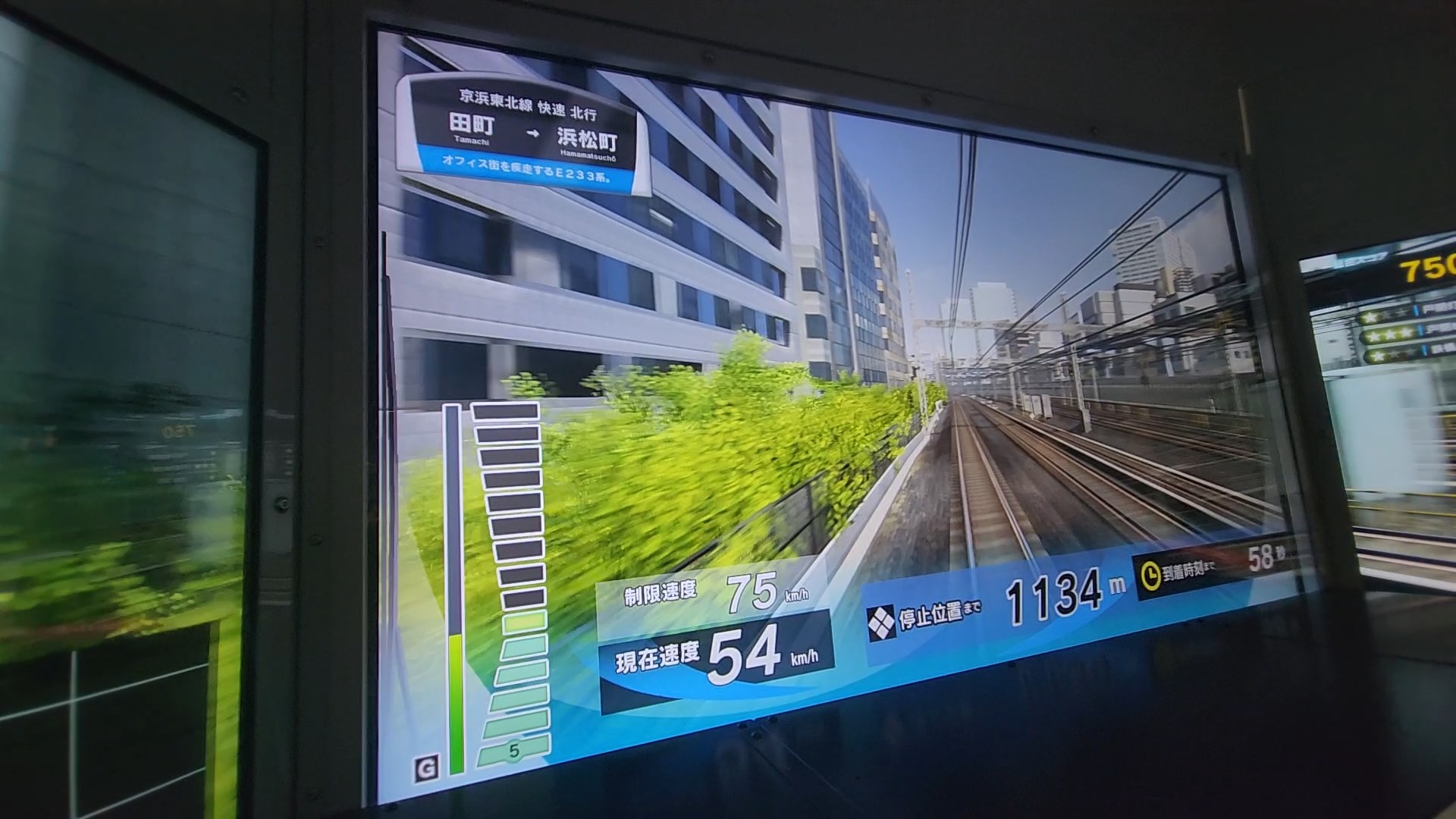
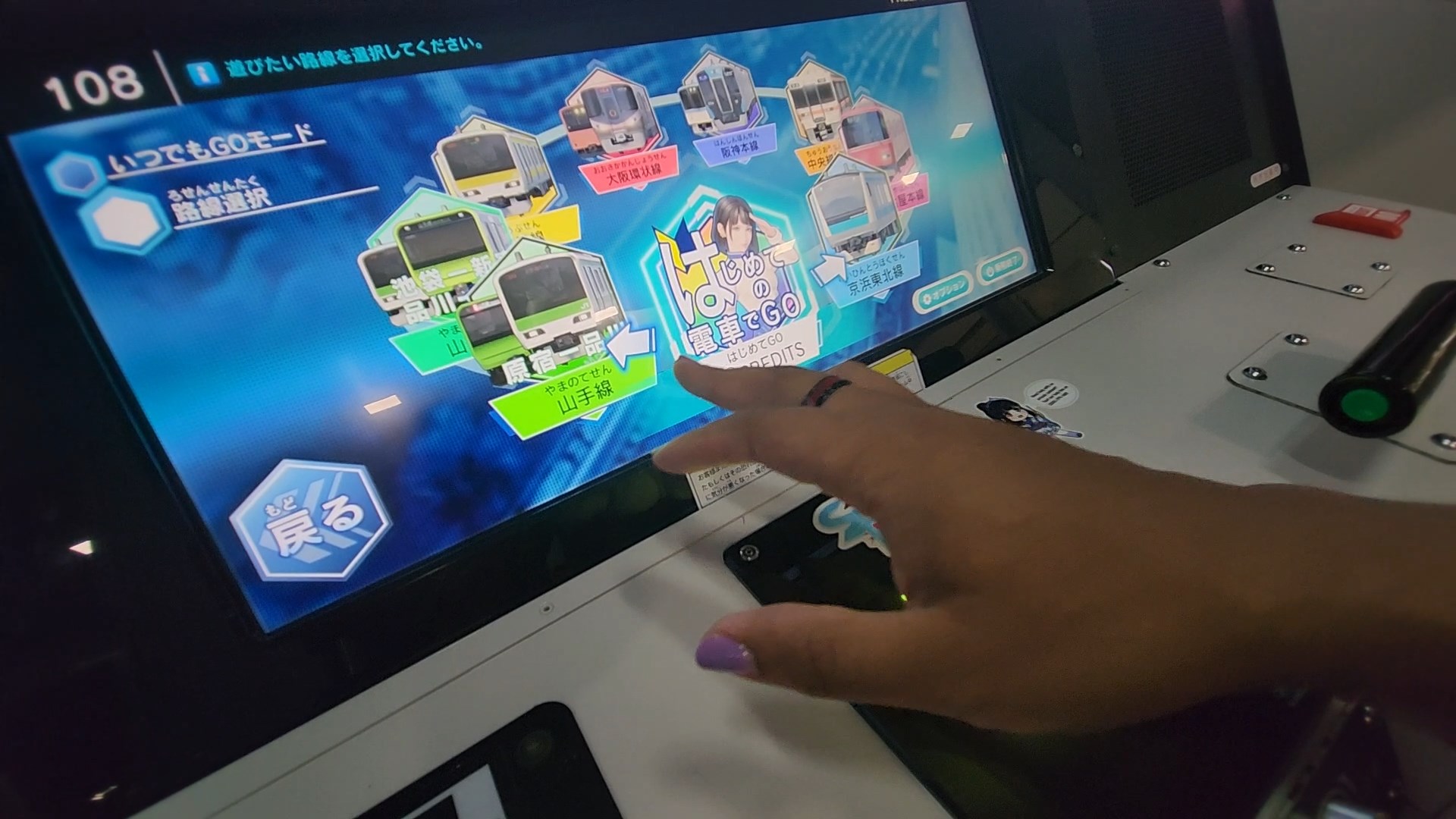
Otakon Continues To Remain The Flagship "Otaku" Convention
Overall, Otakon's experience this year felt just as memorable to me as it was when I first covered Otakon back in 2019. Looking back at it now, Otakon has always been consistent when it came to the quality of their events. Back then, I attended as a fan of Japanese music and one of the themes was in honor of the late Nujabes. Artists like Substantial and Minmi performed and it was an amazing experience. Four years later, Substantial is still attending Otakon as a guest, being a native of the DMV himself.
The more time changes, especially with options for fans of anime, video games, Japanese, and now Korean music, the more things remain consistent. I've mentioned to most over the weekend that the best way to handle any convention, not just Otakon, is to treat it like something out of Judgment. In between each main mission, there are tens of hundreds of side missions waiting to be discovered by fans. In this case, my "main mission" was attending as many panels to add to the overall Otakon coverage.
However, seeing a Body Improvement Club cosplay flash mob encouraging others to do push-ups just as they would in the Mob Psycho 100 anime is an example of the "side mission" that I'm talking about. It's all about the experience and part of that comes with taking in the vibes. There aren't rows of exhibitor booths like what one would expect from other conventions, but everything is grounded by community first. After all, without community, there wouldn't be events such as Otakon.
I wanted to extend my thanks once again to the staff at Otakon for having us there as guests! With the 30th anniversary well on the way for next year, we would love to return and cover the grand three-oh. Here's to another twenty-nine years!
